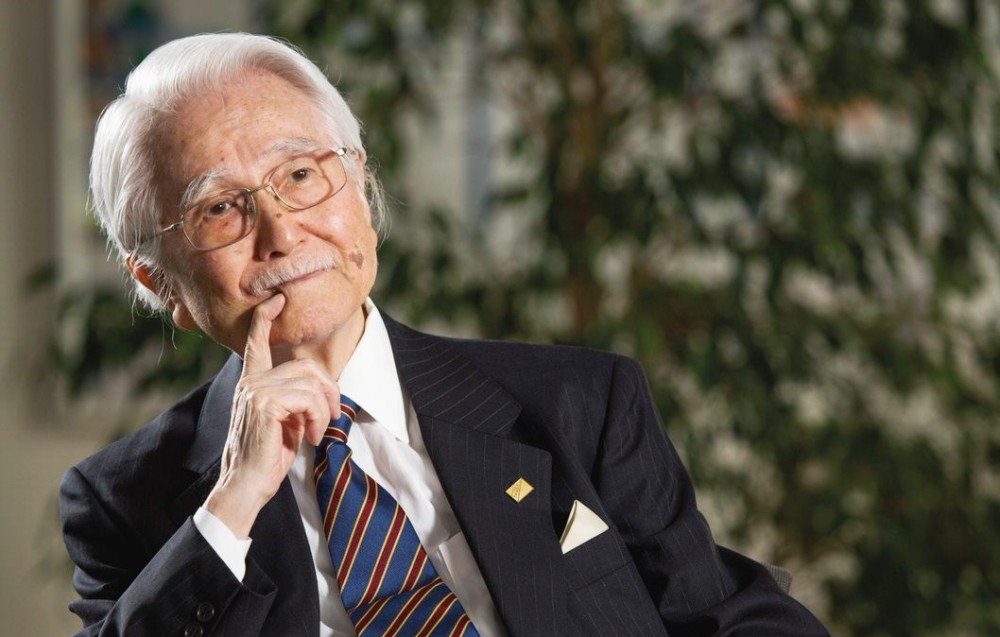Enjoy a free excerpt of Masaaki Imai’s third book “Strategic KAIZEN™: Using Flow, Synchronization, and Leveling [FSL™] Assessment to Measure and Strengthen Operational Performance” and grab your copy today via this link.
Chapter 7: TOYOTA AND OHNO
Changing from Traditional to Lean Operations
“Changing from traditional operations to Lean operations requires solving an untold number of operational problems encountered that do not require any state-of-the-art technologies. To start teaching tools before identifying the problem is a waste of time, energy, and money and is a big muda. If we visit the gemba and have a look at the flow, we can find that the majority of problems are related to malfunctions in the flow…
…The three operational problem-solving methods in the gemba, namely, standardization, 5S, and muda elimination, can also identify the majority of problems in the flow if one takes the trouble of going to the gemba to have a good look. What is needed in the gemba is a layman’s common sense and not the state-of-the-art technologies…
…Taiichi Ohno’s maxim “Ask why five times” is another way of identifying and solving problems. It does not mean simply to repeat “why” five times, sitting on a chair in the meeting room. What is expected is for the team to engage in finding out the solution, and if it fails the first time, move to the second why and repeat the process until the root cause is identified. Thus, “Ask why five times” is a mindset that never gives up until the root cause is identified, and again, no high-level technology is involved.”
To read more, order your copy of “Strategic KAIZEN” today!
Masaaki Imai, founder of Kaizen Institute, and author of Kaizen, Gemba KAIZEN™ and Strategic KAIZEN™. © 2021 by McGraw Hill. Reprinted with permission
